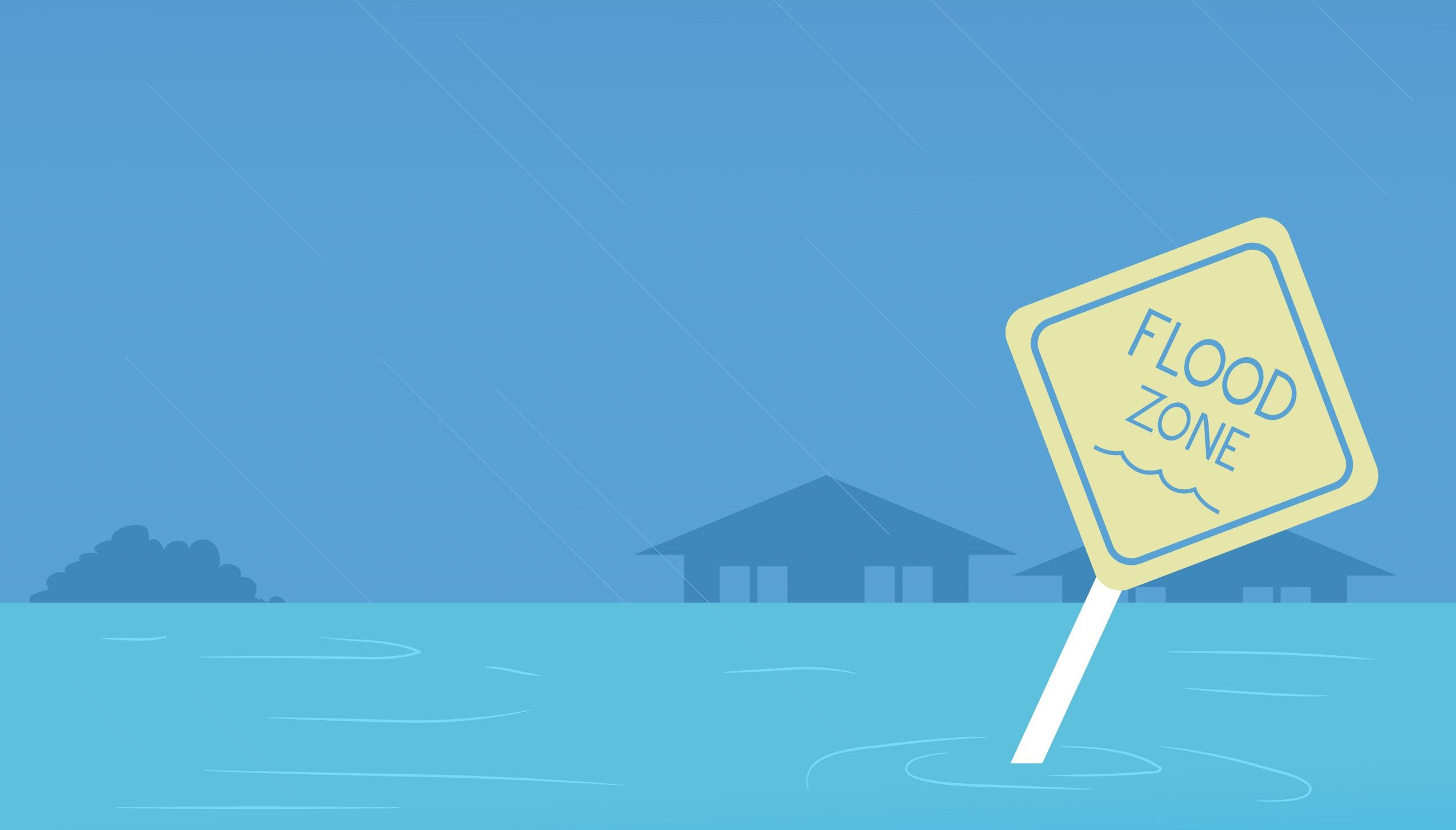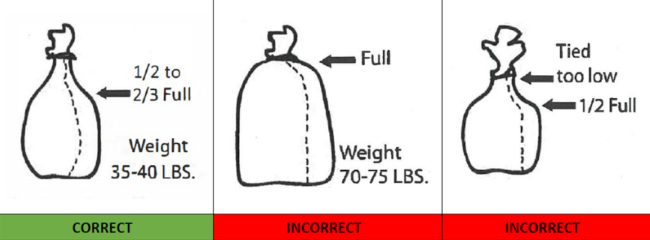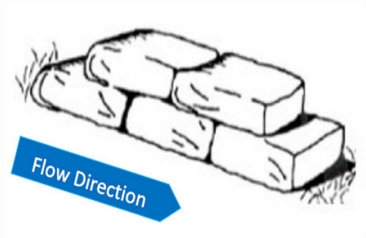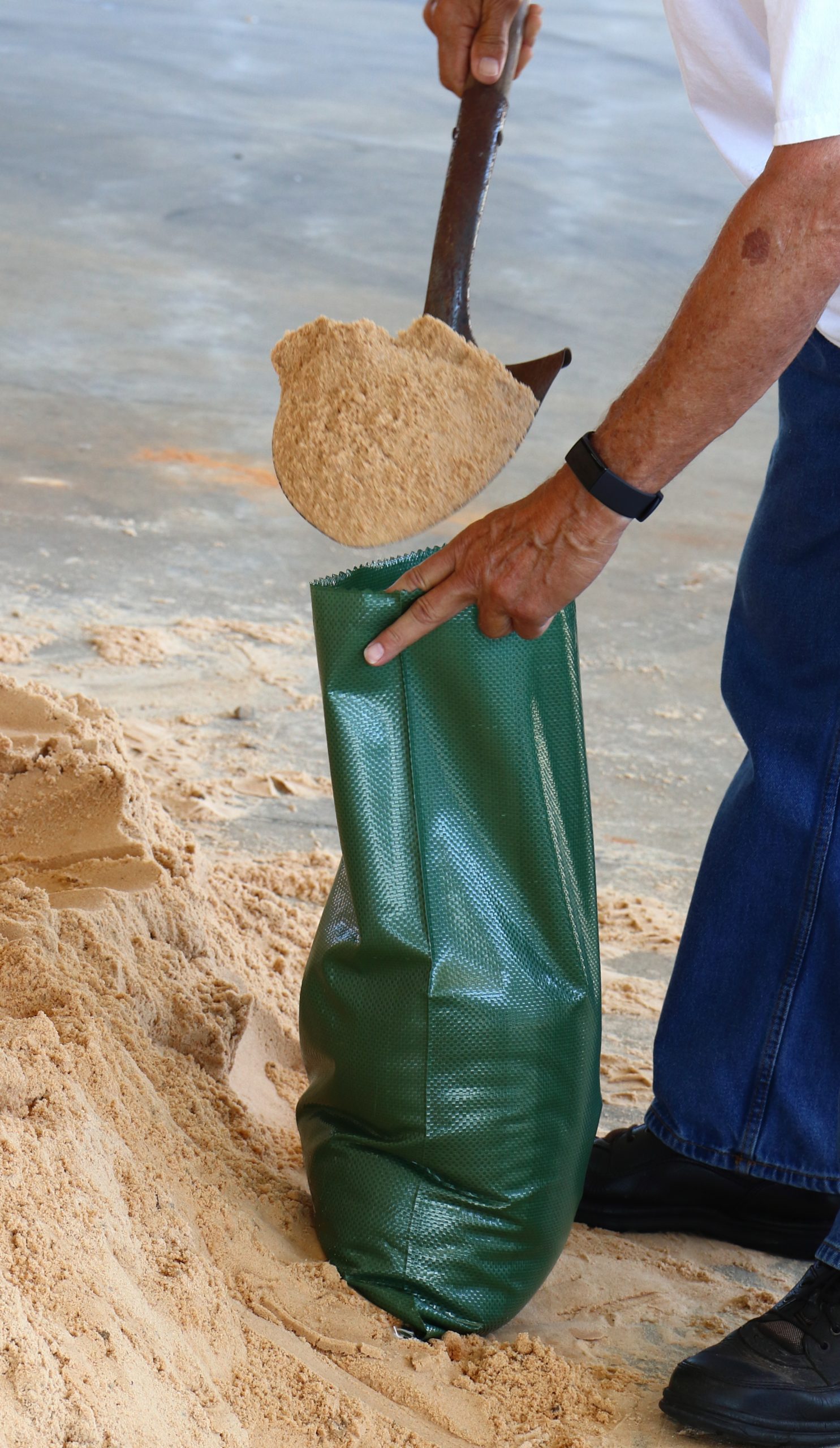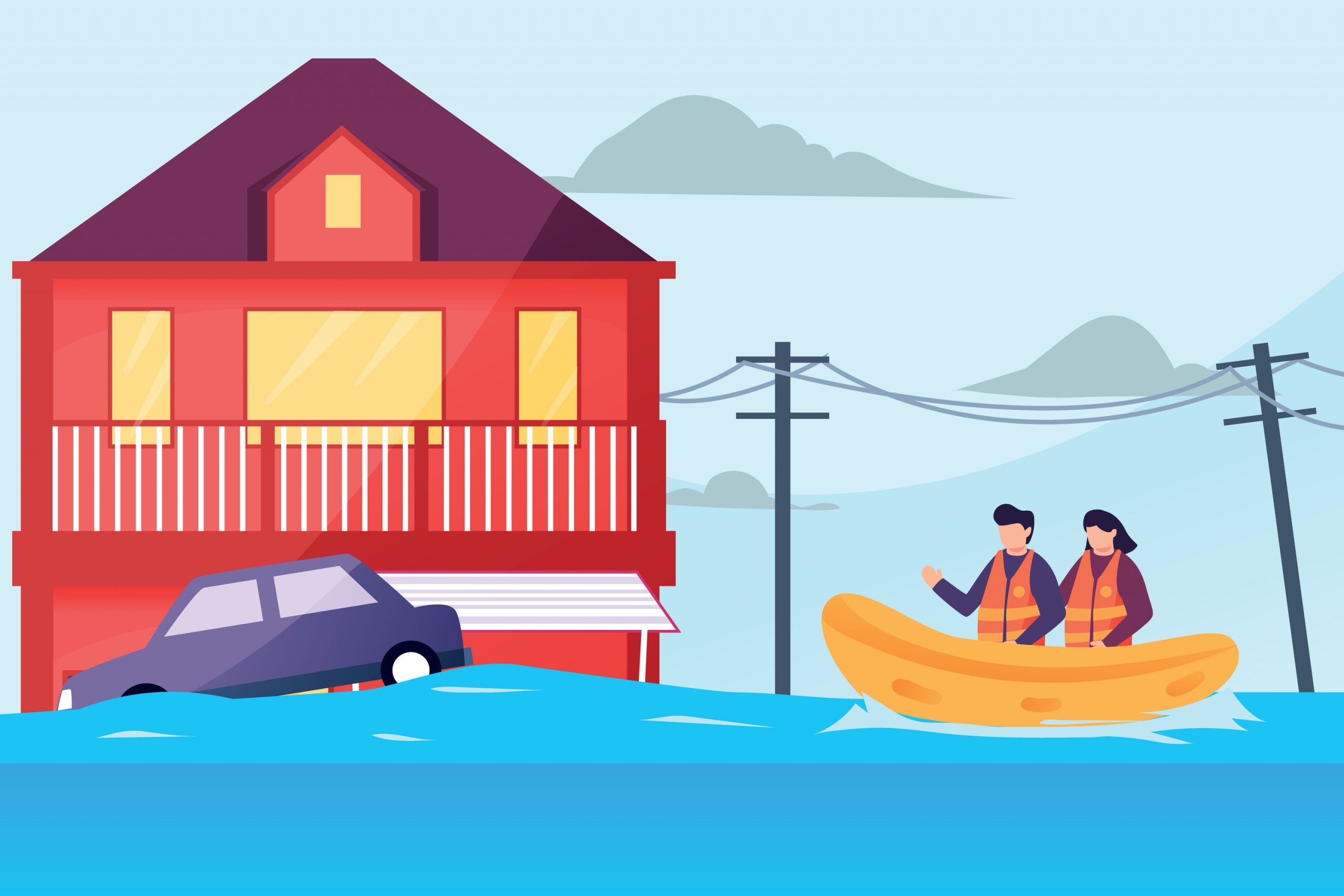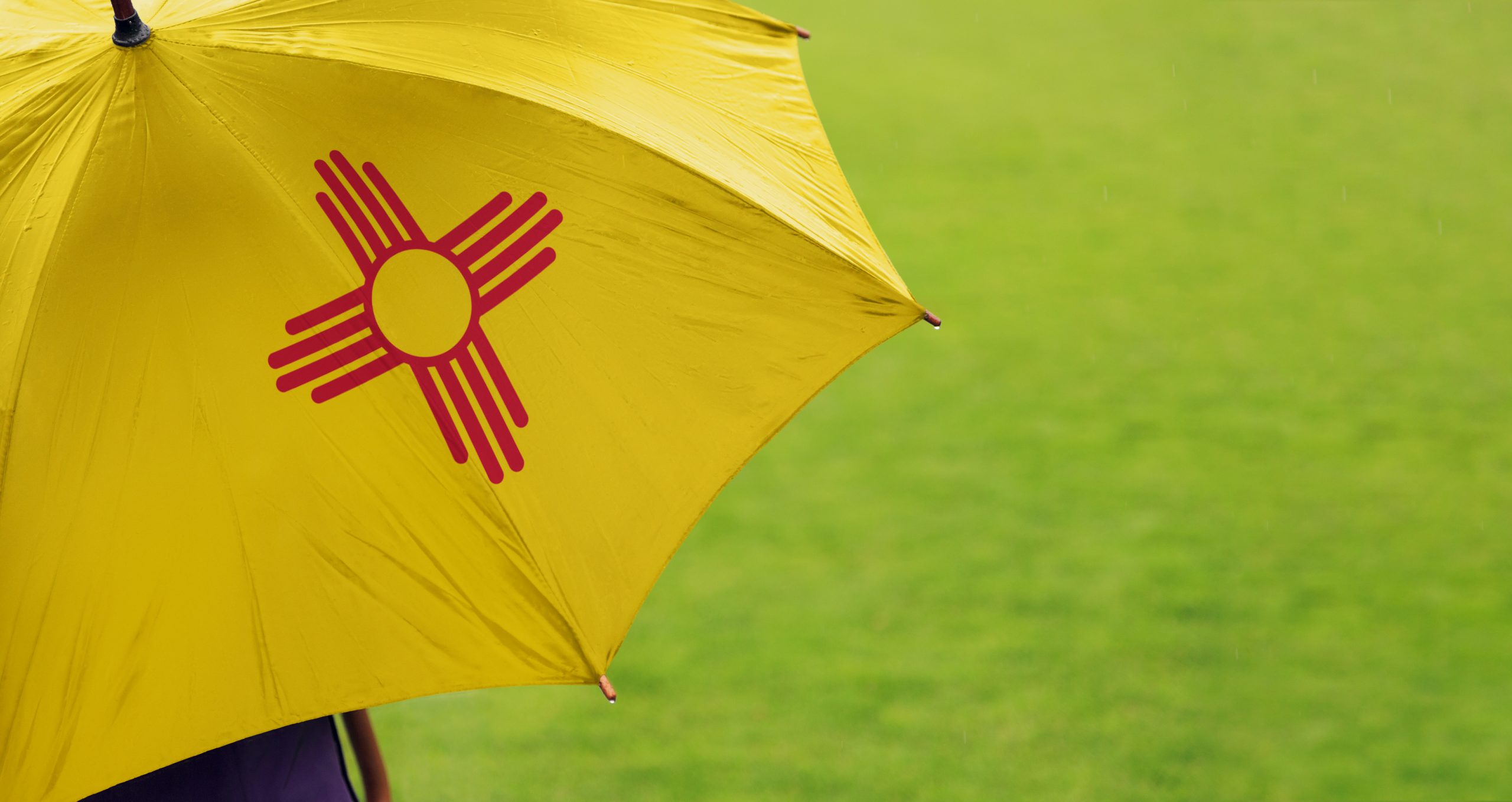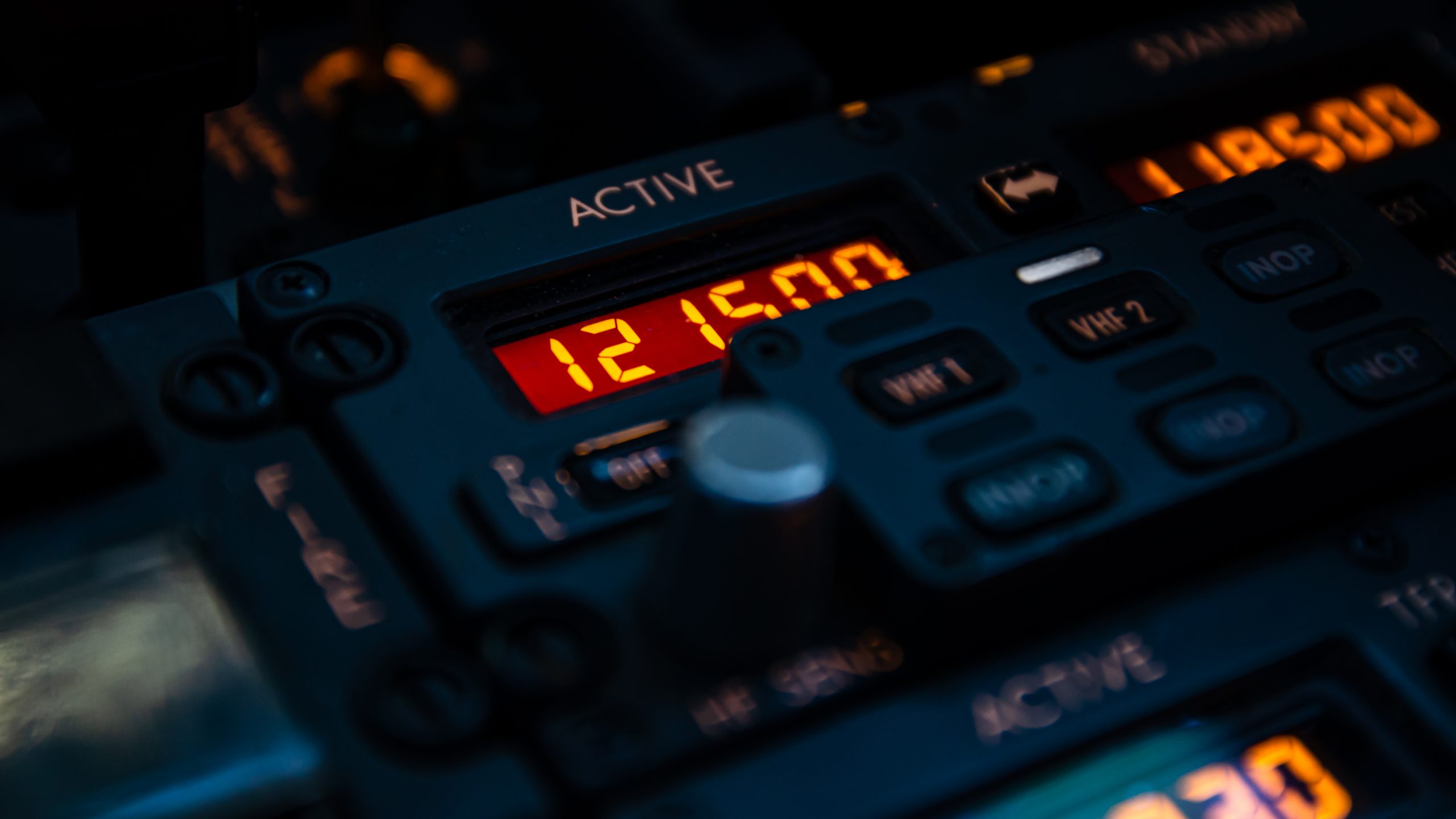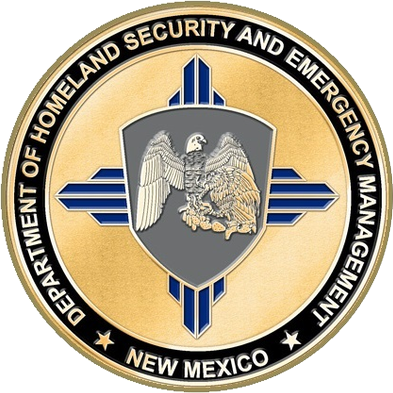Flash Flooding
Flash Flooding Safety Information
Assistance Line and Register for Evacuation Help:
Flash Flooding Safety Information
Assistance Line and Register for Evacuation Help:
Flash Flood and Debris Message from San Miguel County Sheriff Chris Lopez
Flash Flood Safety
Monsoon season in New Mexico is here. And after this year’s wildfires, the potential for dangerous flash flooding and debris flows has increased near these burned areas so it is important to watch weather reports. Get out of a debris flow danger area before a storm arrives.
Debris flows can travel faster than you can run and more than 20 miles per hour. If you wait to be sure a debris flow is headed your way, it will be too late to leave safely.
Know the warning signs that a debris flow is about to arrive and seek high ground. Listen and watch for rushing water, mud, and unusual sounds. Witnesses describe the sounds of cracking, breaking, roaring, or a freight train. Disasters can happen anywhere. Be safe and stay aware.
- Do not enter flood waters. Just 6 inches of water can knock a person off their feet or sweep away a car.
- Never try to cross flooded roadways on foot on in a vehicle. If you come to a flooded road, turn around and find higher ground.
- Evacuate immediately when directed
- Climb to higher ground
- Know evacuation routes and stay at shelter until adivsed it is safe to return
Debris
Follow these three safety tips from the US. Departments of Interior and Geological Survey to keep you safe from debris flows:
- Leave before the storm arrives. If you wait you are too late. Debris flows can travel faster than a person can run. If you wait to be sure a debris flow is headed your way, it will be too late to leave safely.”
- If you cannot leave, get to high ground. If you get caught in a debris flow danger area, get to the highest point that you can get to safety before the debris flow arrives. Go uphill or upstairs, get on a roof or climb a tree.”
- Listen for warning signs and react the right way Know the warning signs that a debris flow is about to arrive. Listen and watch for rushing water, mud and unusual sounds. Survivors describe sounds of cracking, breaking, roaring or a freight train.
Hydrologist, Pheobe Suina talks about post-fire flooding and debris flow.
Sandbagging Information
Sandbags are a resource used to mitigate the flash flood and debris damages to homes and people. Here are some sandbag tips from the U.S. Army Cops of Engineers:
How much do I fill my sandbag?
- Typically, sandbags are filled about halt to two thirds full and do not need to be tied. They can be tied loosely near the top. Bags should be able to lay flat when placed.
How should I stack my sandbags?
- The bags should be placed lengthwise and overlapped, like bricks, parallel to the direction of the river or water flow. Any stack more than two sandbags tall should be built like a pyramid with a wide base.
- For stability, the stack should be kept as short and low as possible. Compact each sandbag in place by stepping or walking on it. Make sure the bag is snugly butted against the next bag.
Where should I place my sandbags?
- Sandbags should also be used in front of doorways/roller doors and brickwork vents. Most standard homes and buildings on a concrete slab can be protected with between 25-40 sandbags.
- However, consideration should be given to placing the closure in such a way as to allow for you to leave in case of an emergency.
- Sandbags are basically for low-flow protection of up to about four feet high.
- Sandbags will not totally seal out water. Know your early flood warning systems and evacuate immediately if told to do so by officials.
- Sandbagging Instructions to Protect Your Home from Flood Waters
Resources
- Prepare for Flooding Now
- PREPÁRESE AHORA PARA INUNDACIONES REPENTINAS
- National Weather Service Flood Safety
- National Weather Service: Turn Around Don’t Drown Program
- Hermit’s Peak / Calf Canyon Post-Fire Resource Hub
- Sandbag Tips Flyer
- Consejos sobre bolsas de arena (SPA Sandbag Flyer)
- Living in a Floodplain
Flood Insurance Information
The best way to protect your home and recover from flood damages is with flood insurance. The basic homeowner’s insurance policy does not usually cover flood damages. Contact your insurance agent to secure a flood insurance policy today.
Emergency Alerts
Monsoon season in New Mexico is here. And after this year’s wildfires, the potential for dangerous flash flooding and debris flows has increased. If you are near a wildfire burn area, sign up for emergency alerts, pay attention to weather forecasts and make sure your weather radio is on.
The weather in the burn area could be very different from where you are, yet the flooding and debris flows may still reach you. A small rain storm may result in flash flooding or debris flow.
Follow these emergency alert tips:
- Keep your weather radios turned on and replace batteries as needed.
- Evacuate immediately if told to do so by local officials.
- Sign up for emergency alerts from your local officials.
- Take all emergency alerts seriously.
- If you feel unsafe leave the area to a safer location.
Weather Radio Information
Weather radios connect to a nationwide network of radio stations broadcasting continuous weather information directly from the nearest National Weather Service office. The radios often have better access than cellphones or internet-connected devices.
Weather radios broadcast official Weather Service warnings, watches, forecasts and other hazard information 24 hours a day, 7 days a week.
New Mexico DHSEM distributed weather radios to impacted communities after the fire.

